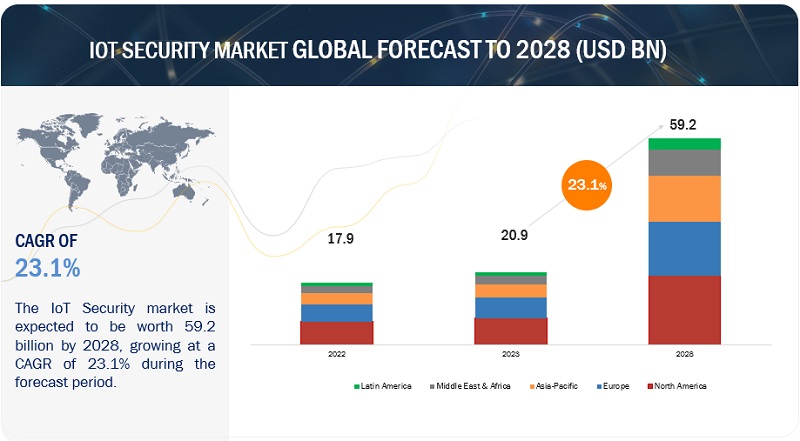Introduction
In today’s digital age, cyber threats have become a major concern for individuals, businesses, and governments alike. As technology continues to advance, so do the tactics and techniques employed by cybercriminals. It is crucial to stay informed about the latest cyber threats and take proactive measures to protect ourselves and our digital assets.
1. Ransomware Attacks
Ransomware attacks have been on the rise in recent years, and they show no signs of slowing down. In 2023, experts predict that ransomware attacks will become even more sophisticated and widespread. These attacks involve hackers encrypting a victim’s data and demanding a ransom in exchange for its release. To counter ransomware attacks, it is essential to regularly back up your data, keep your software up to date, and educate yourself and your employees about phishing emails and suspicious links.
2. Internet of Things (IoT) Vulnerabilities
The Internet of Things (IoT) refers to the network of interconnected devices that communicate with each other. While IoT offers convenience and efficiency, it also poses significant security risks. In 2023, we can expect an increase in IoT vulnerabilities, as cybercriminals exploit weak security measures in smart devices. To counter IoT vulnerabilities, it is crucial to change default passwords, update firmware regularly, and segment your IoT devices from your main network.
3. Artificial Intelligence (AI) Attacks
Artificial Intelligence (AI) has revolutionized various industries, but it can also be weaponized by cybercriminals. In 2023, we may witness an increase in AI-powered attacks, where hackers use machine learning algorithms to bypass security systems and launch sophisticated attacks. To counter AI attacks, organizations should invest in AI-powered security solutions that can detect and respond to emerging threats in real-time.
4. Phishing and Social Engineering

Phishing and social engineering attacks continue to be a prevalent cyber threat. In 2023, cybercriminals will likely employ more sophisticated techniques to deceive individuals and gain unauthorized access to sensitive information. To counter phishing and social engineering attacks.
Summary
This blog post will delve into the top cyber threats that are expected to pose significant risks in 2023. By understanding these threats, individuals and organizations can better prepare themselves to counter potential attacks. Additionally, we will explore effective strategies and countermeasures that can be implemented to mitigate the risks associated wit Related Site h these cyber threats.
- Q: What are the top cyber threats of 2023?
- A: The top cyber threats of 2023 include ransomware attacks, phishing scams, IoT vulnerabilities, AI-powered attacks, and supply chain attacks.
- Q: How can I counter ransomware attacks?
- A: To counter ransomware attacks, regularly backup your data, keep your software up to date, use strong and unique passwords, and educate yourself and your employees about phishing emails and suspicious links.
- Q: What steps can I take to protect against phishing scams?
- A: To protect against phishing scams, be cautious of emails asking for personal information, verify the sender’s identity before clicking on any links, avoid downloading attachments from unknown sources, and use anti-phishing software.
- Q: How can I secure IoT devices from vulnerabilities?
- A: To secure IoT devices, change default passwords, keep firmware updated, disable unnecessary features, segment your network, and use strong encryption protocols.
- Q: What are AI-powered attacks and how can I defend against them?
- A: AI-powered attacks leverage artificial intelligence to automate and enhance cyber threats. To defend against them, implement AI-based security solutions, monitor network traffic for suspicious activities, and regularly update your AI algorithms.
- Q: How can I protect against supply chain attacks?
- A: To protect against supply chain attacks, carefully vet your suppliers and vendors, regularly assess their security practices, establish strong contractual agreements, and monitor the integrity of software and hardware components.



